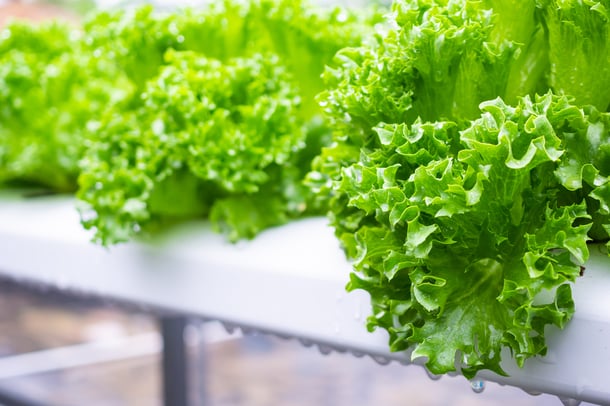
Vertical farming takes greenhouses to the next level – literally – with crops growing in tower-like walls of plant-holding cells that require no soil. Like an apartment tower versus a suburban tract, that means more food can be grown on a smaller footprint, which is ideal for cities. Vertical farming is a needed innovation because agriculture’s future is concerning and needs a change. Overall, the population increases at about 1 percent per year, and even faster in some countries. Feeding this growing population is sure to be a challenge as time progresses.
Vertical farming offers the farmers greater control over the growing environment, enabling temperature, moisture, and light to be controlled. By using vertically stacked layers, farmers can produce more food on the same amount of land, as compared to traditional agriculture. AI and agricultural robotics are now being used for soil and crop monitoring as well as predictive analytics, further enabling optimized growing. AI is becoming an integral part of the fight to feed the future sustainably and will continue to help drive growth.
Additionally, traditional agriculture has been implicated as a driving cause of climate change, deforestation, and soil degradation. Therefore, it is important for us to look into these new farming technologies so that we may preserve our future. We look at the trends and developing technologies in vertical farming in our full industry report, giving us insight into the tech transfer opportunities that are out there.
Download our full report here!




